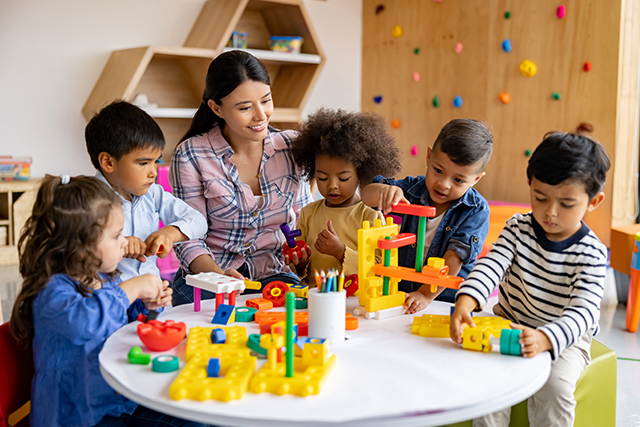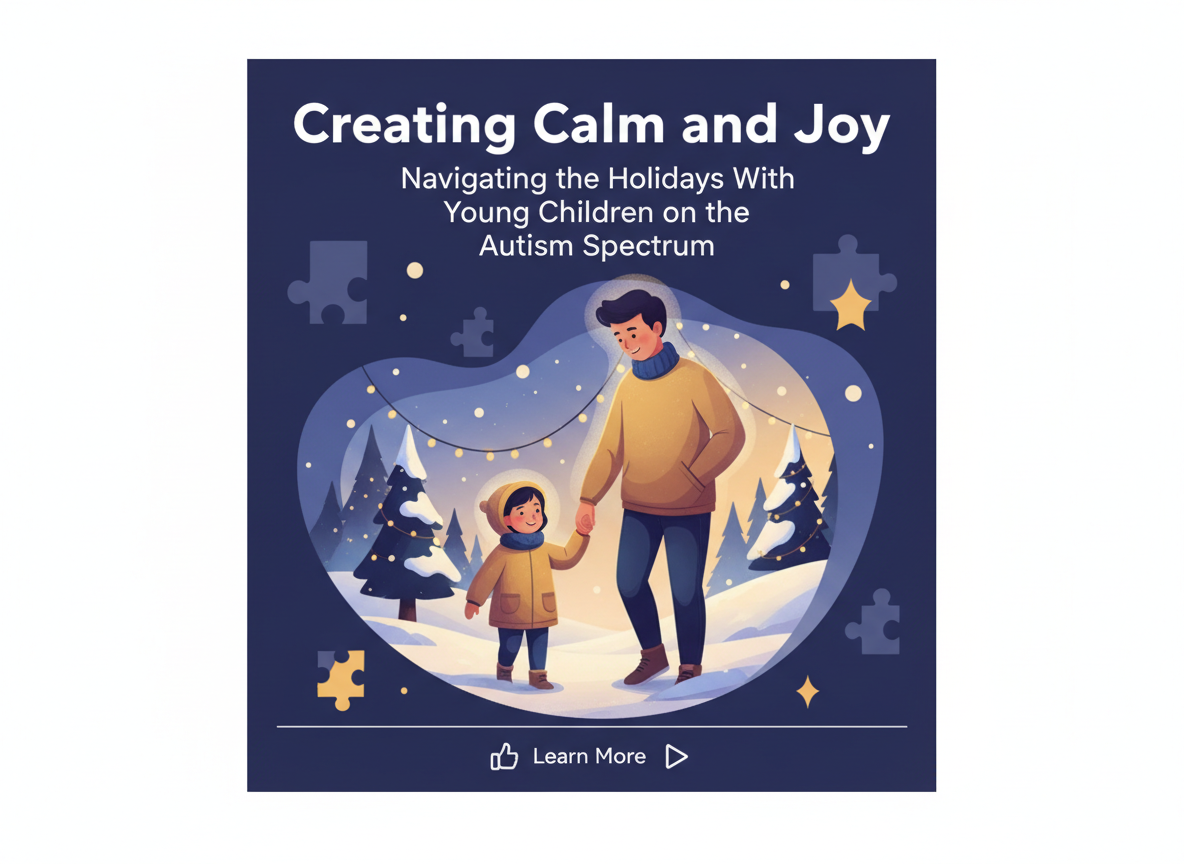
Starting school for the first time is a big step—especially for young children on the autism spectrum. The shift from home or therapy-based routines to the structure of a classroom can feel overwhelming. But with the right preparation, you and your ABA therapist can work together to make this transition smoother, more predictable, and more successful for your child.
Here’s how to partner with your ABA team to get ready for the school year ahead:
1. Talk About the Upcoming Transition Early
Begin discussing school with your child’s ABA therapist weeks before the first day. Let them know:
- The name of the school and teacher (if known)
- School hours and transportation plans
- Any fears or questions you have as a parent
- What you expect your child might find challenging (like separation, loud environments, or group activities)
This allows the therapist to tailor sessions to begin preparing your child now—before the stress of change sets in.
2. Incorporate School Readiness Into Therapy Goals
Ask your ABA therapist to focus on school-readiness skills as part of your child’s therapy. These skills might include:
- Following simple classroom instructions
- Sitting for short group lessons (like circle time)
- Transitioning between activities
- Waiting their turn
- Using visuals, gestures, or words to communicate needs
Building these skills in a one-on-one or small group setting helps boost your child’s confidence before school starts.
3. Create Social Stories and Visual Supports
Visual tools like social stories, visual schedules, and first-then boards can help your child understand what to expect. Work with your ABA therapist to create materials like:
- A social story about going to school
- A visual schedule of the school day
- Cue cards for asking for help, taking a break, or following rules
You can review these together during therapy sessions, and even share them with the school team to ensure consistency.
4. Practice the Morning Routine
A predictable morning routine can ease anxiety and help your child start the school day calm and regulated. Ask your ABA therapist to help you:
- Build a step-by-step visual routine for mornings
- Practice getting dressed, packing a backpack, and leaving the house
- Role-play drop-off routines or riding the bus
- Use reinforcement to build positive feelings around these activities
The more your child rehearses this routine in a safe, supportive environment, the more confident they’ll feel when the big day comes.
5. Coordinate with the School Team (With Your Therapist’s Help)
If possible, invite your ABA therapist to attend your child’s school orientation or IEP meeting. If not, ask them to prepare a short report or communication for the teacher. This might include:
- What behaviors to expect and how to respond
- How your child communicates best
- Reinforcement strategies that work well
- Sensory sensitivities or triggers
When teachers understand your child’s needs from day one, they’re better equipped to provide support right away.
6. Prepare Emotionally—Together
Transitions are emotional—for both you and your child. Your ABA therapist can help with strategies for:
- Separation anxiety
- Emotional regulation
- Coping skills for when things feel “too much”
- Building your child’s sense of independence
Having a trusted therapist by your side gives you someone to lean on, troubleshoot with, and celebrate small wins as your child adjusts to school life.
Final Thought:
You and your ABA therapist are already a powerful team. By collaborating intentionally before school starts, you can help your child take their first steps into the classroom with greater confidence, fewer tears, and more support.
Together, you’re not just preparing for school—you’re building a foundation for lifelong learning and success.
✅ Checklist: How to Team Up with Your ABA Therapist Before School Starts
For Parents of Young Children with Autism Starting School
☐ Talk about the transition early
Share school details and concerns with your ABA therapist so they can begin preparing your child during sessions.
☐ Add school-readiness goals to therapy
Focus on skills like following directions, sitting in group settings, and transitioning between activities.
☐ Use visuals and social stories
Create and review tools like a school-day social story, visual schedule, or first-then boards.
☐ Practice the morning routine
Role-play getting ready, saying goodbye, and leaving the house calmly with ABA support.
☐ Share information with the school
Have your therapist write a short summary or join a meeting to help the teacher understand your child’s needs.
☐ Prepare for emotions
Work on separation anxiety and self-regulation strategies to help your child (and you!) manage the big transition.
☐ Celebrate progress together
Stay connected with your ABA team during the first weeks of school to problem-solve and celebrate wins.



